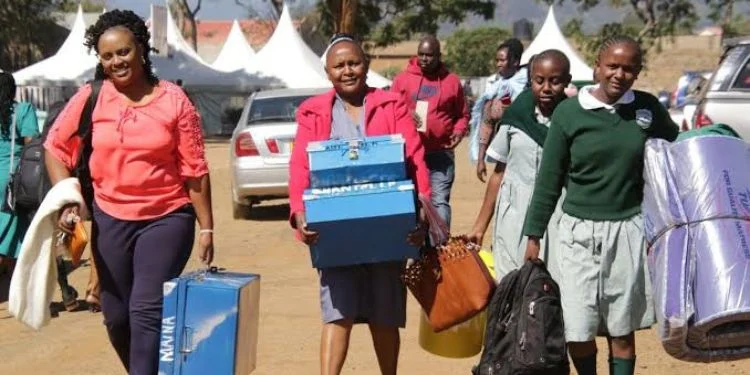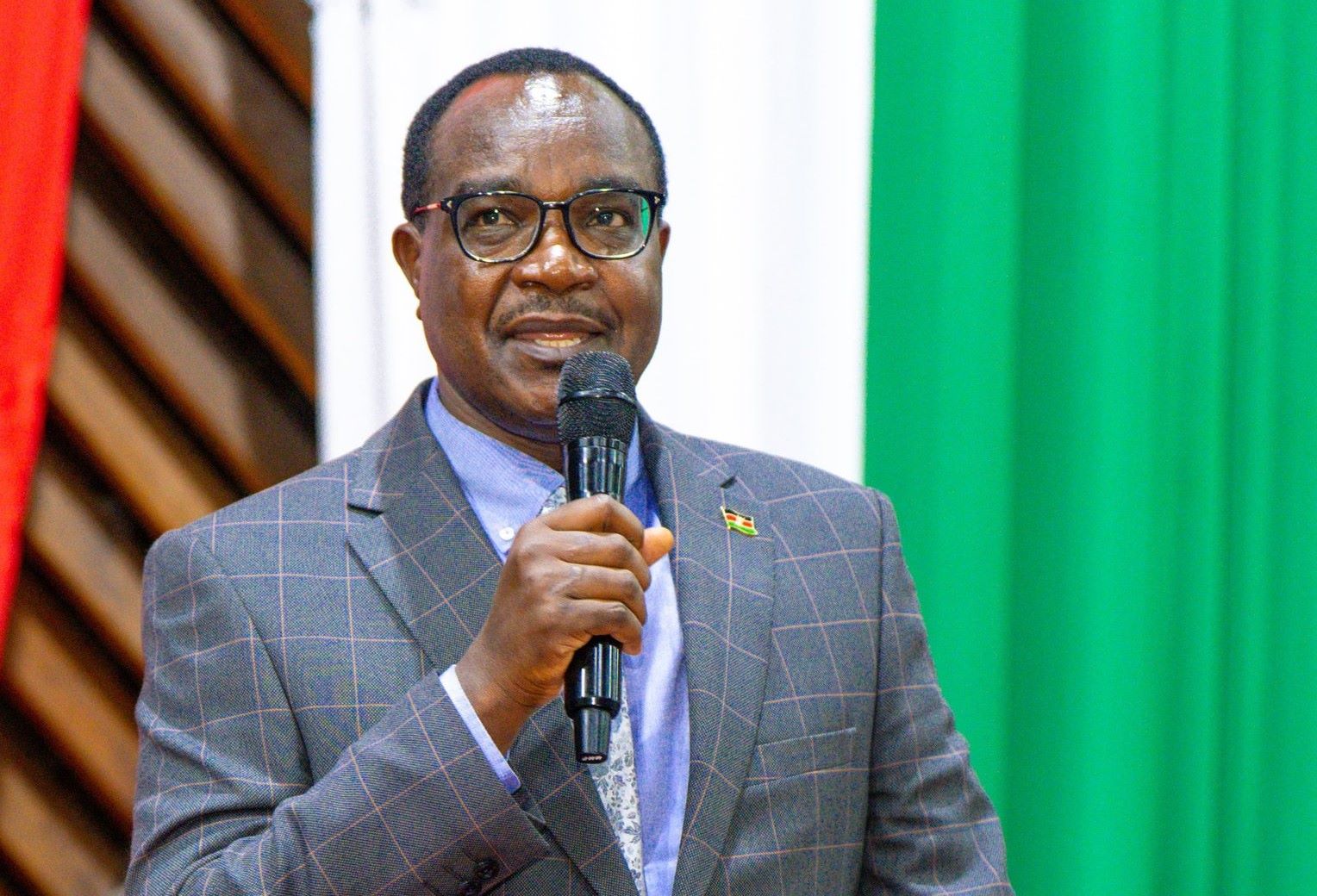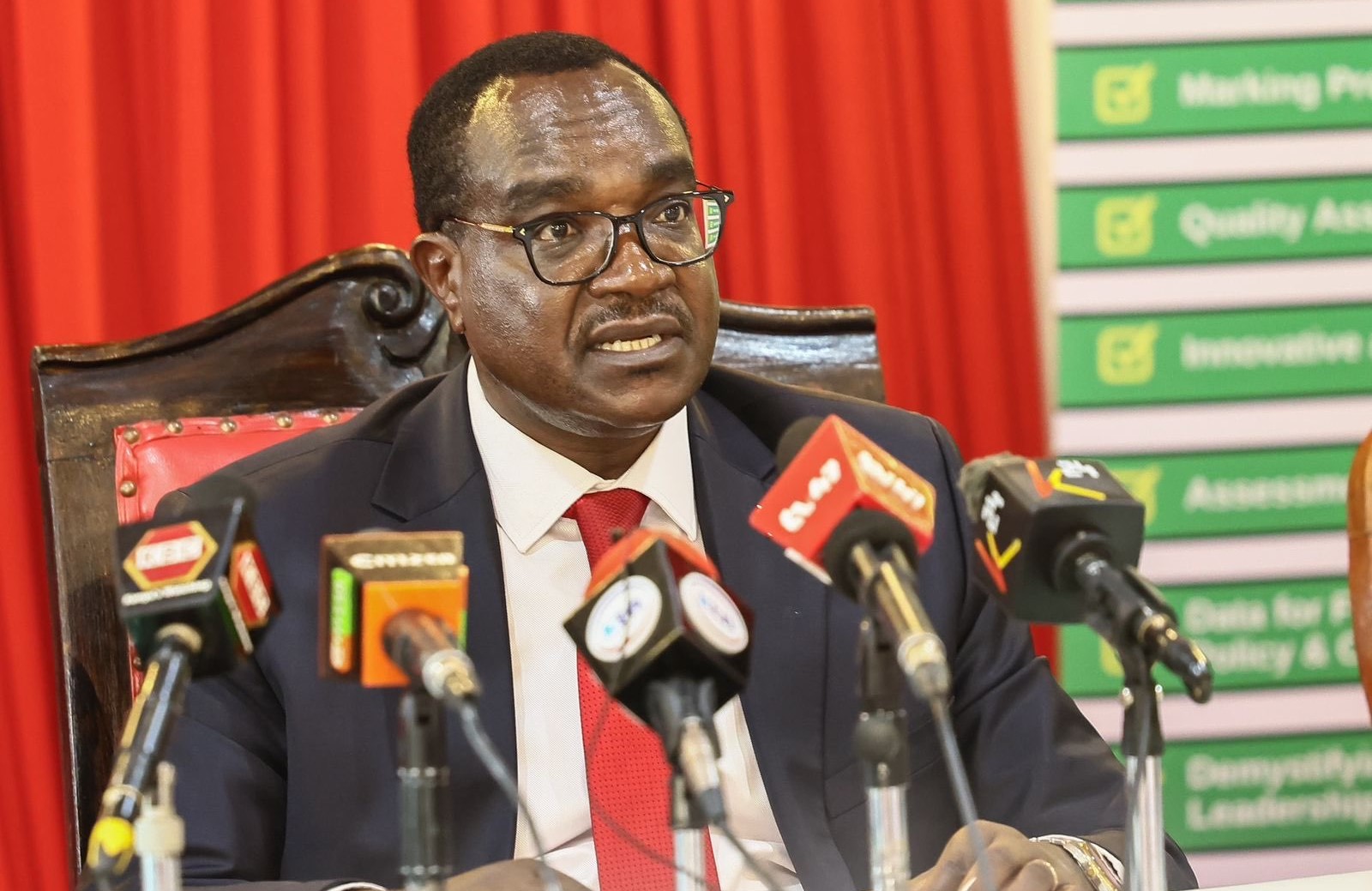Every year, thousands of Kenyan students take the KCSE exams, filled with dreams of becoming professionals, doctors, engineers, teachers, lawyers, and ICT experts. After four years of secondary education and countless nights of study, they expect their next stop to be a university or a college. The Kenya Universities and Colleges Central Placement Service (KUCCPS) is meant to guide them to the next level. However, the reality is harsh: many qualified students are left out, forgotten in a system that claims to offer equal opportunity but often falls short.
In 2025 alone, the KUCCPS application platform opened and closed multiple times. The first round ended on April 30. A second revision window followed from May 18 to May 27. Then, another revision period opened between May 31 and June 7. In theory, these multiple chances should have accommodated everyone. In practice, many students were still not placed, and some never even had the opportunity to apply. The reasons behind this are not random; they are systemic, deep-rooted, and entirely preventable.
One of the biggest reasons many students miss out on university courses is the lack of practical career guidance. In most schools, especially public ones in rural and peri-urban areas, students are taught how to pass exams but not how to plan their futures. Few schools offer structured career counselling. By the time KUCCPS applications open, most students are clueless about what courses are available, the qualifications required, or what career paths different degrees offer. Many people choose courses because their friends are selecting the same, or because the names sound appealing, without knowing what they truly entail.
Some students with a C+ apply for medicine, unaware that they’re competing with students who scored A’s. Others select teaching courses without knowing they need at least a C+ in English or Kiswahili. With such poor information, many end up making choices that automatically disqualify them, or they select the wrong combinations and get left out.
Although KUCCPS is available online to everyone, access is not equal. In theory, every KCSE graduate can log in and select their preferred courses. But in reality, thousands of students come from areas with no electricity, poor internet connections, or families that cannot afford smartphones or data bundles. These young people, often the ones who need education the most, are silently locked out of the process by technology.
A student in Turkana or Tana River may hear that KUCCPS is open, but without access to a cybercafé, a stable power supply, or mobile internet, that information is useless. Even when they manage to access a device, navigating the system is not always easy, especially for those without digital skills. The process favours the privileged, and unless we bridge the technology gap, the cycle of exclusion will continue.
While KUCCPS claims to do outreach, its communication rarely reaches all students effectively. Information is posted chiefly on websites, Twitter, and newspapers, which many recent KCSE graduates don’t actively check. Some students, especially those who completed their schooling months earlier, have returned to their rural homes or are working in towns to help their families. Others are waiting for guidance from schools or churches that never comes.
By the time a student hears that KUCCPS is open, the window is already closed. In 2025, revision periods lasted barely a week or ten days, hardly enough for students in remote areas to organise themselves. For someone without a smartphone, a trip to the nearest cybercafé can be time-consuming, costly, and require careful planning. A week is not enough, and unless the system becomes more flexible and better communicated, many students will continue to miss out.
Another silent killer is the fierce competition for popular degree courses. Programs such as medicine, law, engineering, and architecture are highly sought after, but the number of available slots is limited. While thousands may apply for these programs, only the top performers — those with A and A- grades — secure positions.
A student with a B+ may think they have done well, but when applying for medicine, where most entrants have A-Plains, they are instantly locked out. The KUCCPS system does not always provide sufficient guidance on competitive clusters, and many students do not receive adequate choices. So, if a student selects five competitive courses and is rejected by all of them, they end up with nothing, despite meeting the university’s entry requirements.
READ ALSO:
Kitale derby shocker: Simiyu’s hat-trick flattens Solidarity Boys as Wiyeta Girls rise again
Even for those who do apply, the KUCCPS process is not forgiving of mistakes. Students are required to input index numbers correctly, pay the application fee, enter multiple course choices, and confirm their submissions. Yet many make errors not out of carelessness, but due to confusion, lack of assistance, or poor digital literacy.
Some forget to pay the Ksh 1,500 application fee. Others click on the wrong course codes or fail to submit their information correctly. Once the portal closes, there is little room to correct these mistakes. The system does not notify students when an application is unsuccessful due to technical errors. For many, a simple click or omission costs them an entire academic year.
Kenya has invested heavily in Technical and Vocational Education and Training (TVET), yet many students still ignore these opportunities. Despite having lower cut-off points, practical training, and government funding through HELB, TVET programs are seen as inferior. Students and parents alike believe that a university degree is the only path to success.
This degree obsession pushes students to apply only for university courses, even when their grades suggest they should consider TVETs. When they miss university, they do not revise their options to include middle-level colleges. As a result, they are left with no placement at all. In 2025, thousands of TVET slots remained unfilled, not due to a lack of opportunities, but rather due to stigma and poor awareness.
After KCSE, many parents assume their responsibility ends. They do not follow up on university placement. Some are not even aware of KUCCPS or how it works. Without adult support, students, especially first-generation learners, are often left to figure it all out on their own. Schools, too, usually fail to provide adequate assistance to alumni after results are released. Career departments lie dormant, teachers move on to the next candidates, and no one calls back to check on the previous cohort.
This abandonment leaves many young people confused, fearful, and directionless. Some make rushed decisions. Others do nothing at all. For a process as critical as university placement, this lack of support is devastating.
KUCCPS has created a rigid, one-size-fits-all platform that leaves no room for genuine errors or second chances. There is no late application option, no appeal process, and no grace period for those who may have missed the deadline due to valid reasons. For many young people who are still trying to understand adulthood, this inflexibility feels cruel. A small mistake leads to a big loss, the kind that can derail an entire career.
To reduce the number of students missing out, Kenya must treat university placement as a national development priority, not merely an annual exercise. This requires reforms such as mandatory career counselling from Form One, multi-channel KUCCPS communication (including SMS alerts), offline support centres in every sub-county, extended application and correction periods, community sensitisation to eliminate TVET stigma, reintroduction of follow-up support for KCSE alumni, and a user-friendly KUCCPS interface with real-time feedback.
When a student misses university placement, the impact goes far beyond just missing a course. It affects their confidence, their future, and their entire family. Kenya cannot afford to waste its potential due to poor communication, inadequate systems, or digital exclusion. The real tragedy is not that these students are unqualified; it’s that the system has failed to carry them forward.
We must build a KUCCPS system that understands our students, meets them where they are, and gives every single one a fair shot. Because behind every missed placement is a young Kenyan with a dream and it is our collective duty to help them achieve it.
By Omwansa Onduko
You can also follow our social media pages on Twitter: Education News KE and Facebook: Education News Newspaper for timely updates.
>>> Click here to stay up-to-date with trending regional stories
>>> Click here to read more informed opinions on the country’s education landscape






